The Land Rover Defender is an icon with a rich history. Tracing its ancestry back to the introduction of the Series One in 1948, it has become one of the most recognised and admired off-road vehicles worldwide.
The Defender's reputation for rugged reliability and versatile performance has made it a favourite among adventurers, farmers, and even military personnel.
Over the decades, the Defender has evolved, yet it has retained its distinctive design and unmatched capability. The name ‘Defender’ was officially adopted in 1990, reflecting the vehicle's heritage and its loyal customer base.
The Land Rover Defender continues to embody the spirit of exploration and endurance, making it a classic that many still cherish today.
Whether you are passionate about vintage models or interested in the latest reimagined versions, the Defender's legacy is fascinating. To truly appreciate this legendary vehicle, it's essential to explore its journey from the early Series I models to the modern-day iterations.
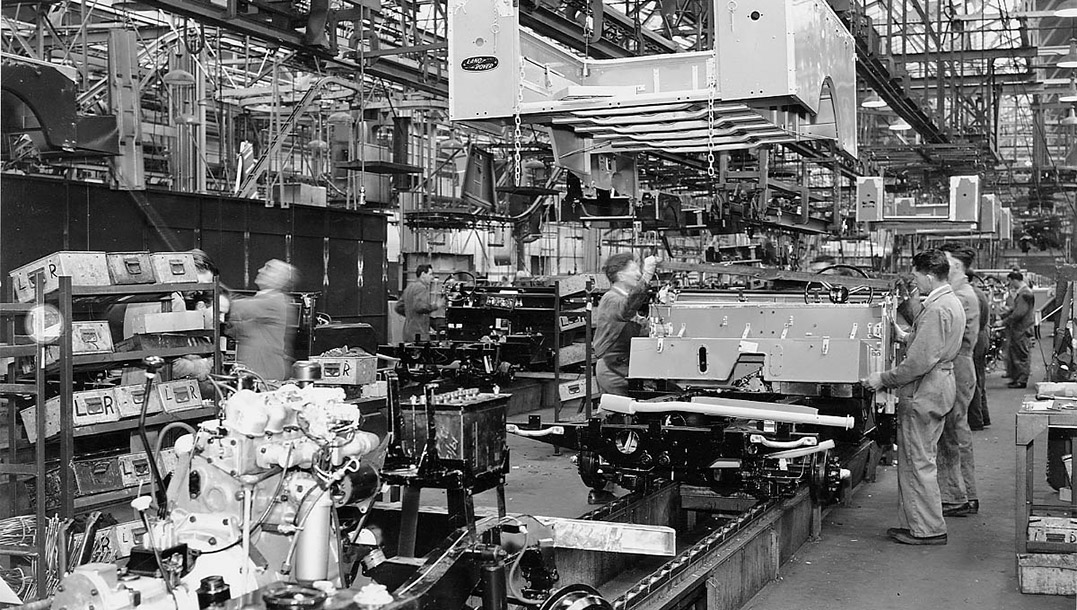
Image Credit: Jaguar Land Rover Media
Early development and Series models
The history of the Land Rover Defender begins with its initial prototypes and stretches through various evolutionary stages. This journey highlights the major improvements and design updates from Series I to Series III.
Origins and Series I
The idea for what would become the Land Rover Defender originated in 1947. Maurice Wilks, inspired by the US Army's Willys Jeep, sketched his design in the sands of Red Wharf Bay. The Rover Company saw potential and decided to pursue the idea.
In 1948, the first prototype, known as the Centre Steer Land Rover, was tested and showed promise. Production began at the Solihull factory, and the Land Rover Series I was launched at the Amsterdam Motor Show in 1948.
It featured a sturdy, simple design with a 1.6-litre petrol engine. The vehicle quickly gained popularity for its versatility and durability, ideal for agricultural and military use.

Series II and Series IIA evolution
The Series II Land Rover was introduced in 1958. It brought a more refined look, including the signature curved waistline, which added to its visual appeal. The Series II also introduced a more powerful 2.25-litre petrol engine, improving performance.
By 1961, the Series IIA took over. It featured slight enhancements like better engine options, including a diesel version.
The Series IIA was known for its rugged build and reliability, making it popular in military and civilian markets. Notably, this era saw Land Rover gaining a global fan base, with customers ranging from farmers to international adventurers.
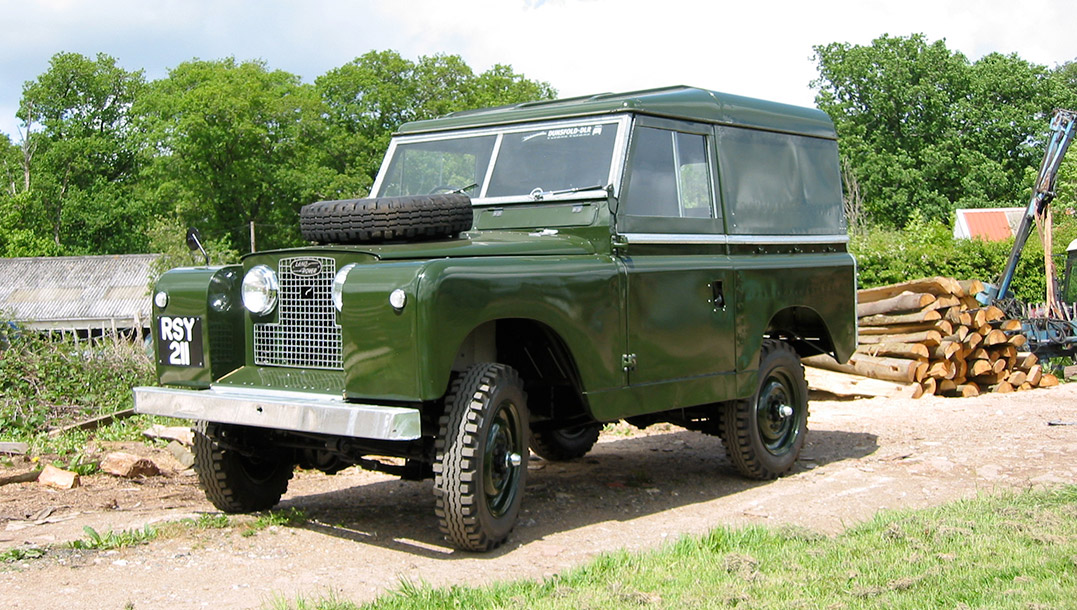
Advancements in Series III
The Series III Land Rover, launched in 1971, marked another significant advancement. It retained the robust design but included modern features like a fully synchromesh gearbox and improved braking systems.
Engine options expanded, including the introduction of the Stage One V8 in 1979, which was a precursor to the Defender. The Series III saw continued success until the 1980s when the development of the Land Rover 90, 110, and 127 models led to what we now know as the Land Rover Defender.
Land Rover Defender's rise to prominence
The Land Rover Defender etched its name in history through a series of strategic improvements and renaming efforts. Key moments include the introduction of the Ninety and One Ten, the renaming to Defender, and significant export successes.
Ninety and One Ten introduction
The Land Rover Ninety and One Ten were introduced in the 1980s, revolutionising the market with their sturdy design and off-road capabilities. Named after their wheelbase lengths, the Ninety featured a 93-inch wheelbase, and the One Ten had a 110-inch wheelbase.
Your attention is drawn to their robust construction, making them favourites for both civilian and military use. The British Army, among others, found these models highly reliable for various terrains. Their success paved the way for future innovations within the Land Rover family.
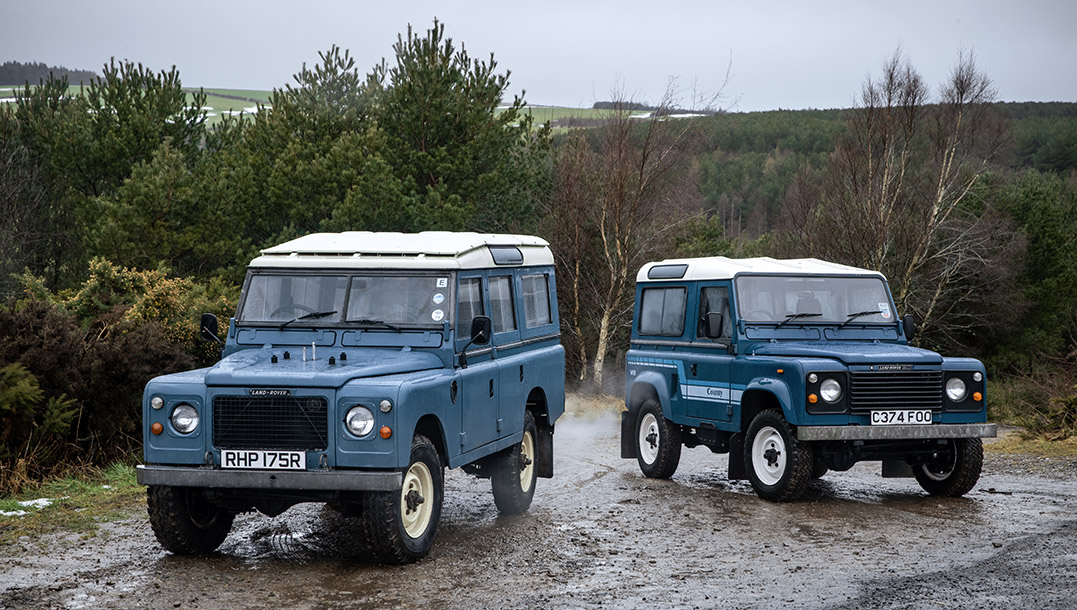
Image Credit: Jaguar Land Rover Media
Defender 90 and 110 Renaming
In 1990, the Ninety and One Ten underwent a significant rebranding, becoming Defender 90 and Defender 110. This change was partly a marketing strategy to highlight the vehicles' rugged and dependable nature.
The renaming coincided with the introduction of the 200Tdi engine, which delivered 107 bhp. By 1994, the Defender models received the 300Tdi engine, providing a slight increase in power to 111bhp.
This rebranding and engine upgrade cemented the Defender's status as a capable off-road vehicle, trusted by customers worldwide. The name change also helped differentiate these models from the earlier iterations, marking a new era for Land Rover.
Export and global impact
The Defender's impact extended far beyond the UK, capturing the attention of a global audience. As Land Rover expanded its export efforts, the Defender became synonymous with reliability and toughness.
Countries across Europe, Africa, and beyond adopted the Defender for various uses, from farming to military applications. The vehicle's design allowed it to navigate challenging terrains, making it a favourite in remote and rugged environments.
The Defender's reputation for durability and versatility contributed significantly to its global success, with many still in use today - decades after their initial release.

Image Credit: Jaguar Land Rover Media
Technical enhancements and variations
Land Rover Defender has gone through various technical upgrades and model changes over the years. These include significant improvements in engine performance, special editions, and a transition from leaf springs to coil springs for better handling and comfort.
Engine and performance upgrades
The Defender has seen numerous engine upgrades since its inception. Early models featured petrol engines but, over time, turbo-diesel engines became more prominent.
The introduction of the 200Tdi and later the 300Tdi engines in the ‘90s provided better power and efficiency. In 1998, the TD5 engine was introduced. This five-cylinder engine further enhanced performance.
More recent models feature V8 engines, adding even more power. These engines came with improved synchromesh for smoother gear shifts and better off-road capabilities.
Special editions and modifications
Land Rover has released several special editions of the Defender, each with unique features. Some well-known editions include the ‘Heritage’ and the ‘Adventure’ models.
Custom modifications by enthusiasts are also common. Many Defenders are upgraded with aftermarket parts to enhance their performance further or meet specific needs.
These modifications can include enhanced suspension systems, winches, and snorkels for extreme off-roading.
Transition to coil springs
Originally, the Defender used leaf springs, which were soon recognised as limiting in terms of ride comfort and off-road capability. Starting in the 1980s, Land Rover transitioned to coil springs.
Coil springs significantly improved the vehicle's handling and ride quality. They also allowed for greater axle articulation, benefiting the Defender's off-road performance. This change made the Defender more versatile and comfortable, catering to both rugged use and daily driving.
Cultural impact and status as an off-road icon
The Land Rover Defender is not just a vehicle; it's a cultural icon admired for its off-road prowess and versatility. Its presence in various sectors, from media to military, has cemented its status as a beloved and respected off-roader worldwide.
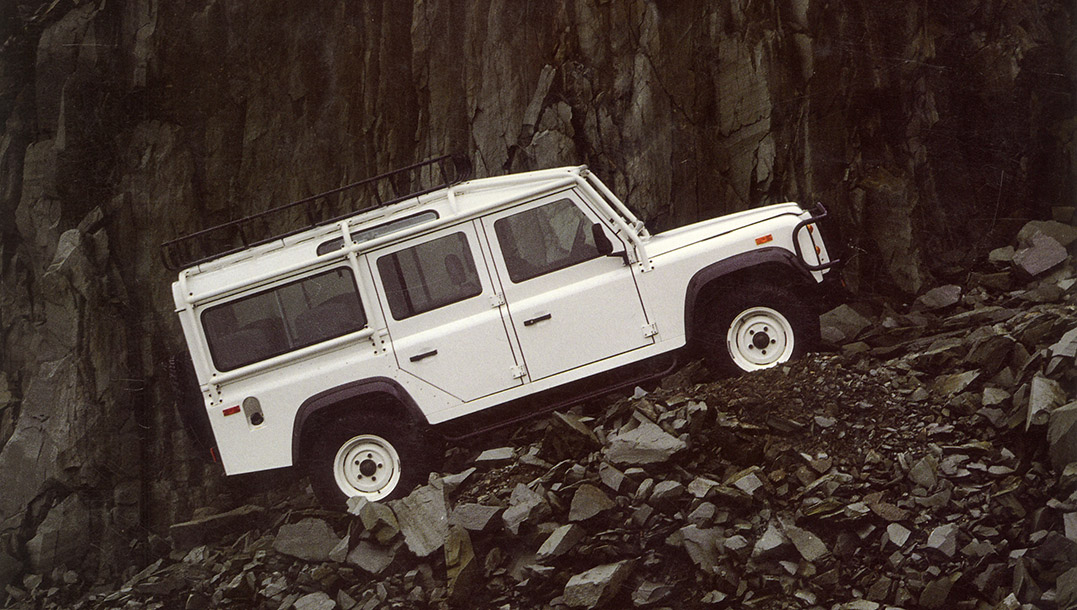
Image Credit: Jaguar Land Rover Media
Popularity in adventure and military use
The Defender is renowned for its rugged build and off-road capabilities. This makes it the vehicle of choice for adventurers and explorers. In Africa, Australia, and the Middle East, it is often seen navigating challenging terrains with ease.
Its approach and departure angles allow it to handle steep inclines and declines, which is vital for off-road adventures.
The military has also embraced the Defender. It has been used by numerous military forces around the world, thanks to its durability and ability to handle rough conditions.
The British military has used it extensively - testament to its reliability in demanding situations.

Image Credit: Jaguar Land Rover Media
Presence in media and celebrity ownership
The Land Rover Defender has made frequent appearances in films, TV shows, and news stories. It has become a symbol of adventure and resilience.
For instance, it has appeared in the James Bond series, portraying a vehicle tough enough for any mission.
Celebrities and notable figures have been seen driving Defenders. This celebrity ownership elevates its status and boosts its image as a luxury off-roader.
It’s not uncommon to see Defenders featured in lifestyle magazines and media, highlighting its charm and iconic status.
Defender's role in heritage and lifestyle
The Defender is deeply rooted in the heritage of many cultures, especially in rural and expeditionary contexts. Farmers, conservationists, and adventure enthusiasts have relied on its dependability for decades.
The vehicle has become synonymous with outdoor and off-road lifestyles, making it a staple in many communities.
The heritage of the Defender is celebrated through various events and gatherings. Enthusiasts come together to showcase their vehicles and share their experiences.
This community fosters a sense of belonging and pride among Defender owners, solidifying its legacy as more than just a vehicle, but a way of life.
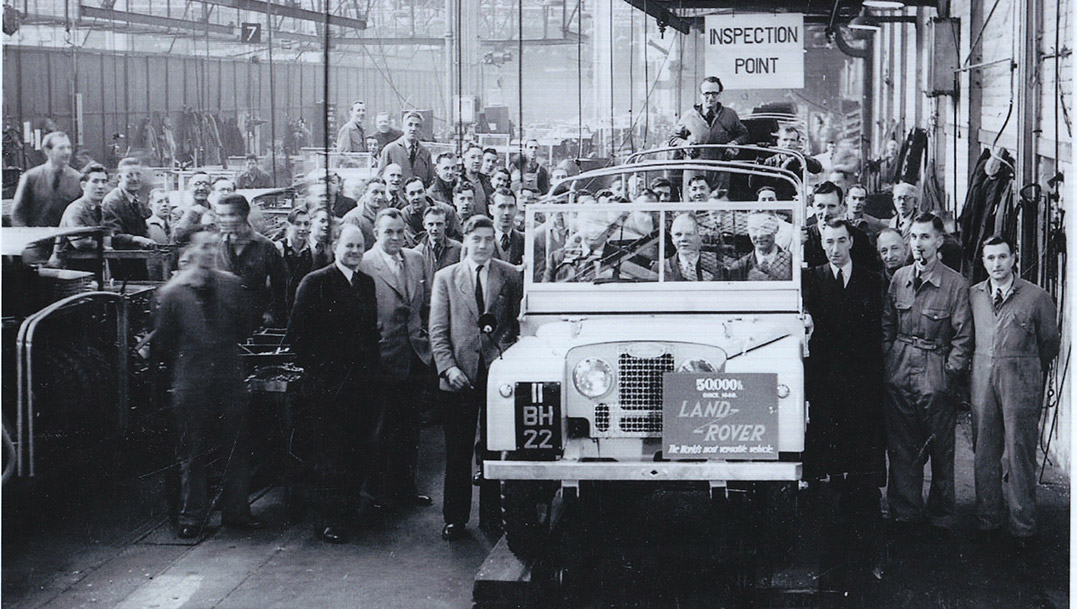
Image Credit: Jaguar Land Rover Media
Frequently Asked Questions (FAQs)
This section covers the origin, evolution, and different perceptions of the Land Rover Defender, as well as ownership rights and specific models released over the years.
What is the origin and history of the Land Rover Defender models?
The Land Rover Defender traces its roots back to the original Land Rover Series vehicles that began in 1948. It was officially introduced in 1983 as the Land Rover 110. The series included the Land Rover 90, 110, and 127.
How has the Land Rover Defender evolved over the years?
The Defender has undergone significant changes since its launch. In the 1990s, it was renamed as the Defender 90, 110, and 130. Engine updates included the switch from the 200Tdi to the 300Tdi in 1994 and later to the Td5 engine in 1998.
Which models of the Land Rover Defender were released in specific years?
In 1990, the Ninety and One-Ten were renamed as Defender 90, 110, and 130. The 1990s also saw the introduction of the 200Tdi engine, followed by the 300Tdi in 1994, and the Td5 engine in 1998.
How has the Land Rover Defender been perceived in different countries?
The Defender has been highly regarded for its durability and off-road capability. It has a strong following in Europe, Africa, and Australia, where it is appreciated for its toughness and versatility.
Who has ownership and manufacturing rights for the Land Rover Defender?
Land Rover, now under Jaguar Land Rover Limited, holds the ownership and manufacturing rights of the Defender. The company has been continually improving its vehicles. They seek ways to innovate while retaining the Defender's original spirit.
View our Land Rover Parts